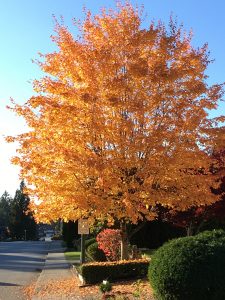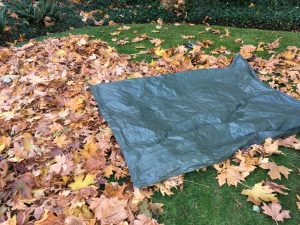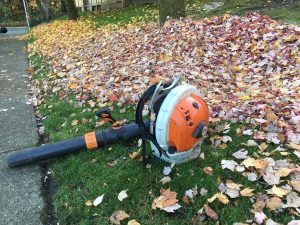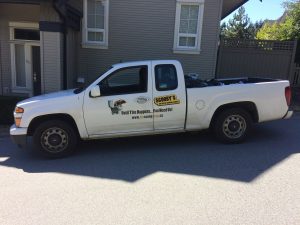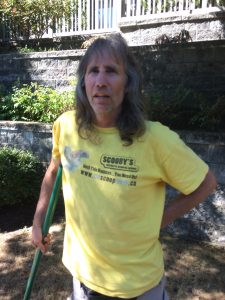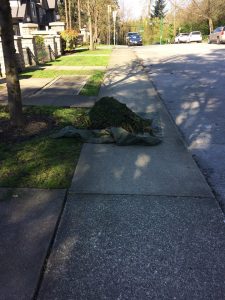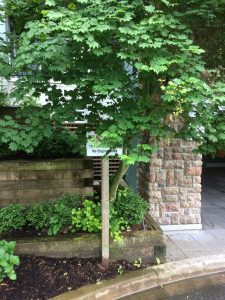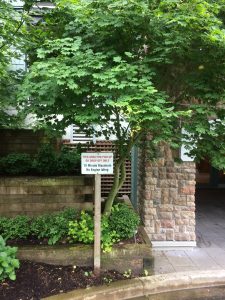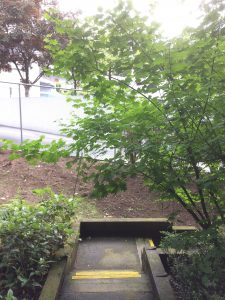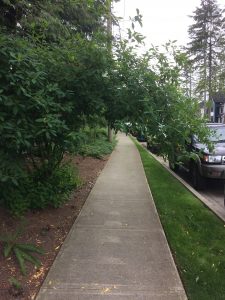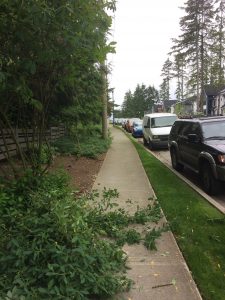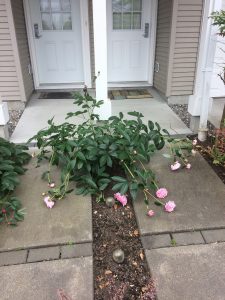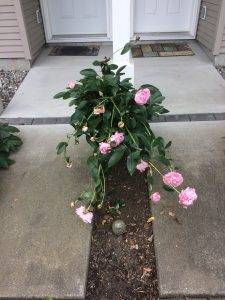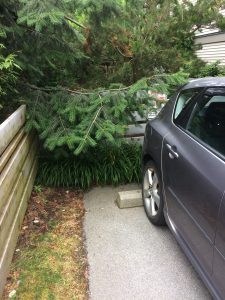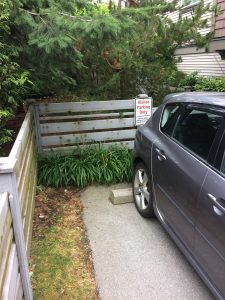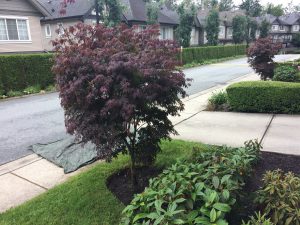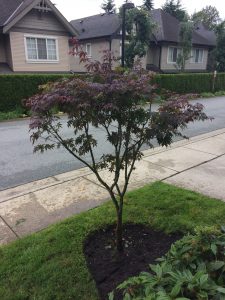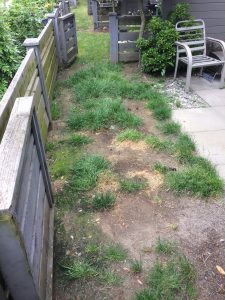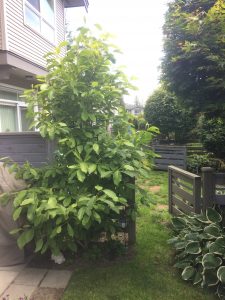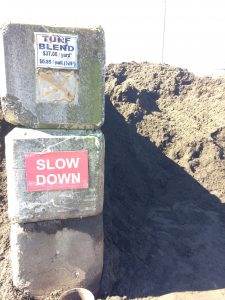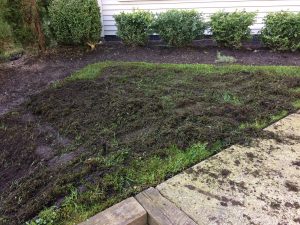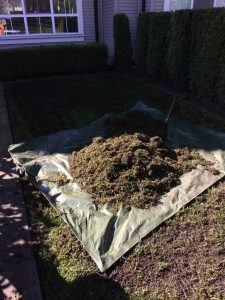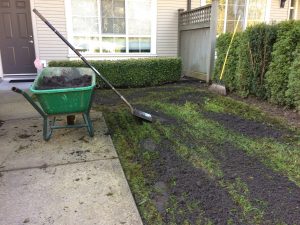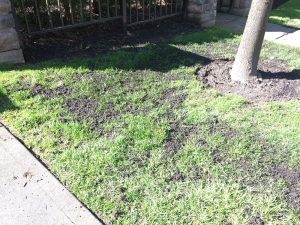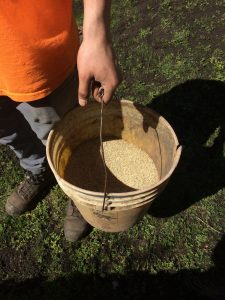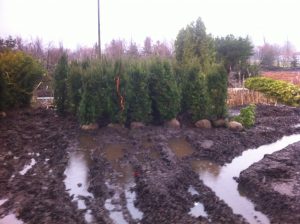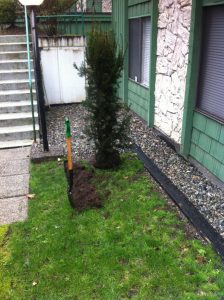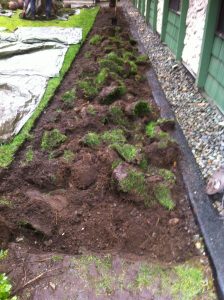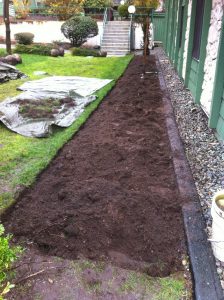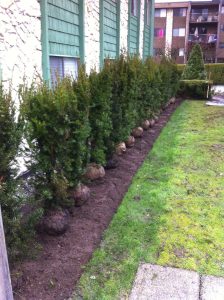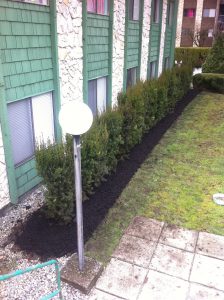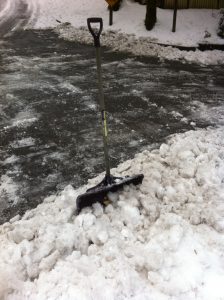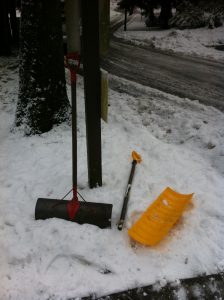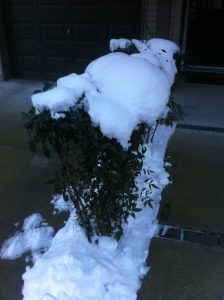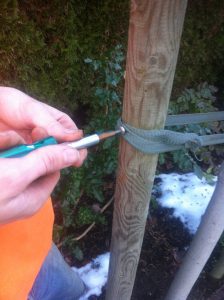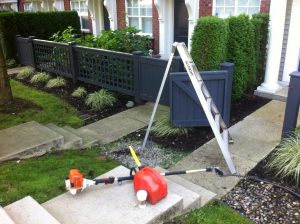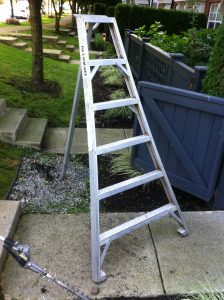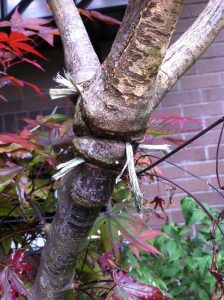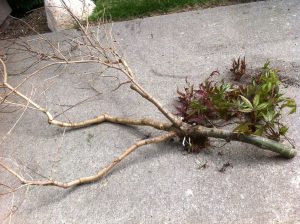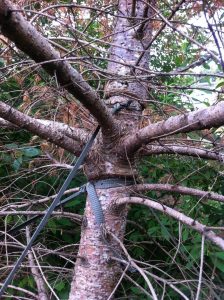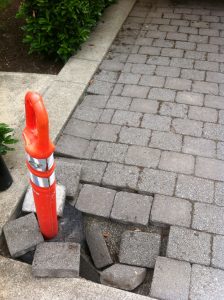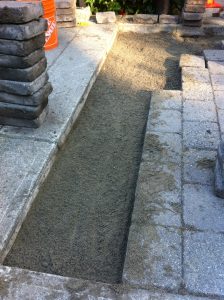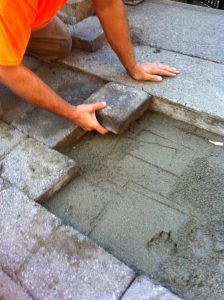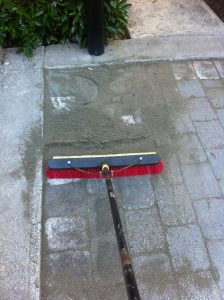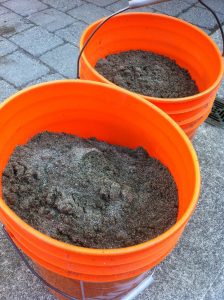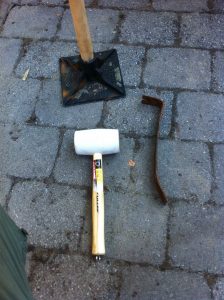Fall is here and the colours in the landscape are amazing. But it’s also busy time for landscape maintenance companies because all sites are getting leafy. So let’s go over some important tips before panic sets in. You can have a smooth fall season if you do things right.
Avoid pyramids
Pyramids belong in Egypt. I see this every year: eager and some not so eager new landscapers rake leaves into beautiful leaf pyramids as if it was a contest. But it isn’t. Remember our objective: we need the leaves loaded on our truck and quickly. And how do we accomplish it? By raking onto tarps from the get-go. All raking movement should be pushing leaves onto tarps.
When I handle large leaf piles I frequently put my first tarp right onto the pile. Try it.
Big boy for maximum drop
All trees will reach their maximum leaf drop at some point so push through it. The new Stihl 700 backpack blower is super powerful and perfect for big leafy accumulations. If you can get one, use it. It made a huge difference for us this week.
And remember, when you blow avoid pyramids. Create decent looking piles and move on. There are no extra points for beautiful symmetrical leaf piles. It’s a waste of time.
Safety
The side panel on most backpack blowers shows warning signs so get to know them well. One of them warns us about long hair getting sucked into the back of the blower. Now, I never really worried about this because I never had long hair. I listened to my parents. And now that I am of a certain advanced age, growing long hair is not really an option. But still, you might have girls on your crew and young men who ignored their parents.
While blowing a large strata site on Halloween one of our blowers got jammed when a skeleton got sucked into the back of the blower. It was abrupt and loud. God help you if your ponytail gets sucked in. You’ve been warned.
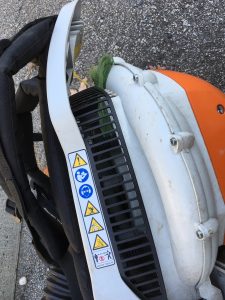
Read the warning signs on your blower before you use it. The green fabric used to belong to a skeleton. Once it got sucked in, it jammed the machine.
Personally, I love the fall. Once I clean up a leafy site, anything fresh on the ground is fine. It’s fresh so enjoy it. The fall is beautiful.


